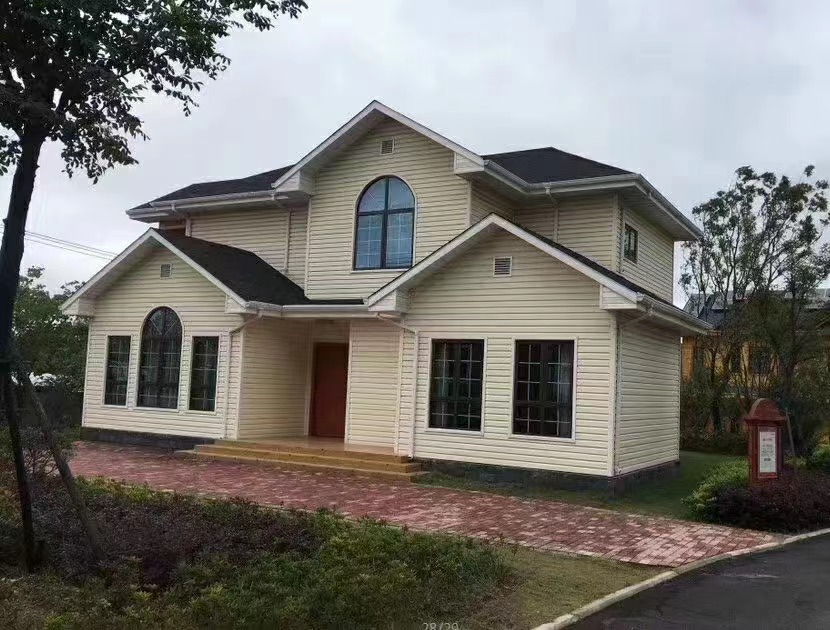In a world where progress is measured in strength and resilience, steel structures have become the backbone of modern civilization. From soaring skyscrapers to intricate bridges, steel has shaped the landscapes of our cities and the way we live our lives. Join us as we delve into the fascinating world of steel manufacture and explore the innovative techniques that are forging the future of construction.
Introduction: The Impact of Steel Structures on Modern Architecture
Steel structures have revolutionized modern architecture, allowing for the creation of structures that were once thought impossible. The impact of steel on architecture is undeniable, shaping the way we design and construct buildings in the 21st century. From skyscrapers to bridges, steel has become the material of choice for architects and engineers looking to push the boundaries of what is possible.
One of the key benefits of steel structures is their strength and durability. Steel is known for its ability to support heavy loads, making it ideal for tall buildings and large-span structures. Additionally, steel is highly resistant to environmental factors such as fire and corrosion, ensuring that buildings constructed with steel will stand the test of time. With advancements in manufacturing techniques, steel structures are becoming more efficient to build and more environmentally friendly, making them a sustainable choice for the future of architecture.
Innovations in Steel Manufacturing Techniques: Enhancing Strength and Durability
Steel manufacturing techniques have come a long way in recent years, with advancements focused on enhancing the strength and durability of steel structures. One of the key innovations in this field is the use of advanced metallurgy processes to create steel alloys with superior properties. By carefully selecting and combining different metals, manufacturers are able to produce steel that is not only stronger but also more resistant to corrosion and wear.
Another important development in steel manufacturing is the implementation of cutting-edge forging techniques that improve the structural integrity of steel components. Forging involves shaping metal using compressive forces, resulting in products that are not only stronger but also have a higher degree of material homogeneity. This process allows for the creation of complex and intricate steel structures that can withstand extreme conditions while maintaining their durability over time.
Sustainable Practices in Steel Production: Reducing Environmental Footprint
Steel production has long been a crucial industry for infrastructure and construction, but it’s also one of the largest contributors to environmental pollution. As global awareness of climate change grows, the steel industry is facing increasing pressure to adopt sustainable practices that reduce its environmental footprint. Fortunately, advancements in technology and a shift towards greener manufacturing processes are paving the way for a more sustainable future.
One key strategy in reducing the environmental impact of steel production is the adoption of recycling initiatives. By recycling scrap steel, manufacturers can significantly reduce energy consumption and greenhouse gas emissions. Additionally, the development of cleaner energy sources, such as renewable electricity and hydrogen, is helping to decrease the carbon intensity of steel production. These sustainable practices not only benefit the environment but also contribute to the longevity and resilience of steel structures for future generations.
Utilizing Advanced Technologies in Steel Fabrication: Improving Efficiency and Precision
Steel fabrication has been a fundamental aspect of construction for centuries, but with the advent of advanced technologies, the industry is experiencing a revolution. Companies are now able to utilize cutting-edge machinery and software to improve efficiency and precision in the fabrication process. Laser cutting technology allows for incredibly precise cuts, reducing waste and ensuring that each component fits together perfectly. Computer-aided design (CAD) software enables engineers to create complex and innovative designs that were previously impossible to achieve.
By embracing advanced technologies, steel fabrication companies are not only improving the quality of their products, but also streamlining their processes. Robotic welding machines can work around the clock with incredible accuracy, significantly reducing production time. Automated material handling systems ensure that raw materials are moved efficiently throughout the fabrication facility, minimizing delays and maximizing productivity.
Q&A
Q: What are some advantages of using steel structures in construction projects?
A: Steel structures are known for their strength, durability, and flexibility, making them an ideal choice for a wide range of building types.
Q: How is steel manufactured and what processes are involved in creating steel structures?
A: Steel is manufactured through a process called smelting, where iron ore is melted down and mixed with other elements to create different grades of steel. Steel structures are then fabricated using techniques such as welding, cutting, and bending.
Q: How do steel structures compare to other building materials, such as concrete or wood?
A: Steel structures have the advantage of being lighter in weight, quicker to assemble, and easier to modify than concrete or wood. They also have a higher strength-to-weight ratio, allowing for larger and more intricate designs.
Q: What are some common industries that rely on steel structures for their operations?
A: Steel structures are commonly used in industries such as construction, manufacturing, transportation, and infrastructure. They provide support for buildings, bridges, ships, and other large projects.
Q: How is sustainability taken into account when designing and manufacturing steel structures?
A: Sustainability is a key consideration in the steel industry, with efforts being made to reduce energy consumption, emissions, and waste throughout the manufacturing process. Recycled steel is also commonly used in the production of steel structures to minimize environmental impact.
The Way Forward
As we delve deeper into the world of steel structures and their manufacture, we uncover the innovative techniques and advancements shaping the future of construction. From towering skyscrapers to intricate bridges, steel continues to play a vital role in our built environment. As technology progresses, we can only imagine the incredible possibilities that lie ahead. Join us as we forge ahead into a future where steel structures not only stand the test of time, but also push the boundaries of design and engineering. Stay tuned for more insights and discoveries as we continue to explore the fascinating world of steel.

